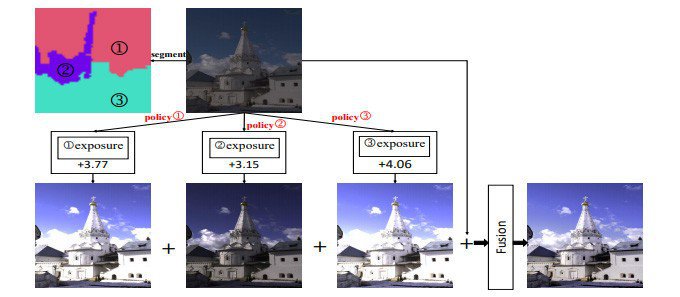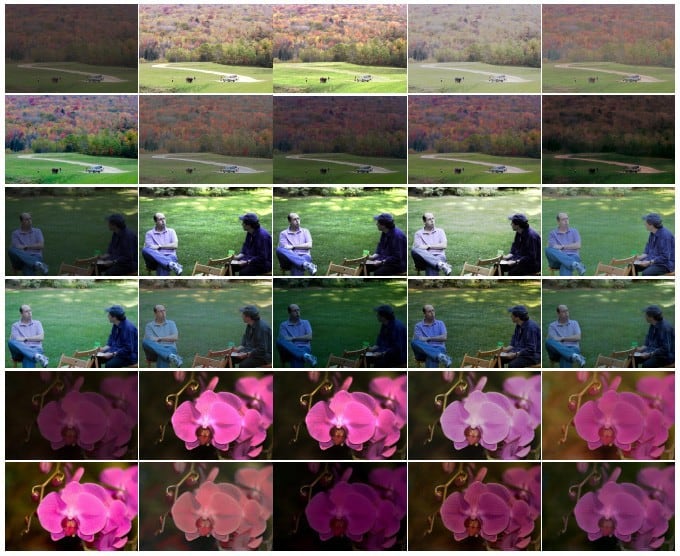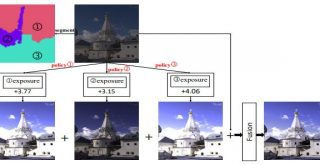
It’s been few quarters, since then Xiaomi has improved its gadgets scanner modules a large amount. Their multiple gadgets launched this year have garnered excellent ratings from DxOmark. The newest device to acquire this kind of rating is Xiaomi Mi Mix 3 what carries 12 megapixels +12 megapixel key digital camera on the rear facet even though a 24 megapixel + 2-megapixel sensors sit on the front facet. Presently, Xiaomi has posted its fresh algorithm DeepExposure AI what helps to restore poorly exposed pics.

Most of the mobile cameras have the problem of poorly exposing pics if the light is brighter or it is too dark. Hardly, except handful of manufacturers, with no one has obtained any success of eliminating the poorly exposed pics. Today, Xiaomi has unveiled DeepExposure AI algorithm what will help balance your Pictures with proper lighting and details.
Xioami has employed AI to fix this problem! to more than or underexposed photos. Xiaomi’s DeepExposure balance the exposure by dividing the photo into subfragments and then the exposure price tag of each fragment is adjusted separately. Last but not least, alternative areas are merged to form the final picture. You could have a look at the in general process in the image below.
“The correct exposure is the major of capturing high-quality pics in computational photography, especially for mobile smartphones that are limited by sizes of digital camera modules,” the researchers wrote. “Inspired by luminosity masks usually applied by professional photographers, in this paper, we develop a novel algorithm for learning local exposures with deep reinforcement adversarial learning.”
The new algorithm divides the whole process into image segmentation and “action-generation” stage. After segmentation, the second part starts with input low-resolution, sub-images, and direct fusion of the image takes place. All the pics are processed with each’s local and global exposures.
The fresh algorithm is created in Google’s TensorFlow framework on a Nvidia P40 Tesla GPU. Xiaomi team used the pics in the MIT-Adobe FiveK dataset.
